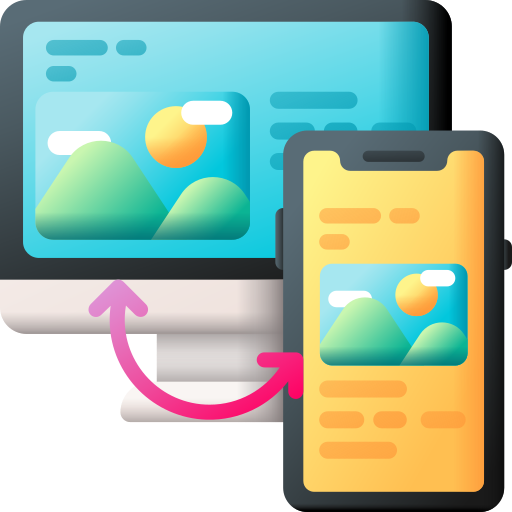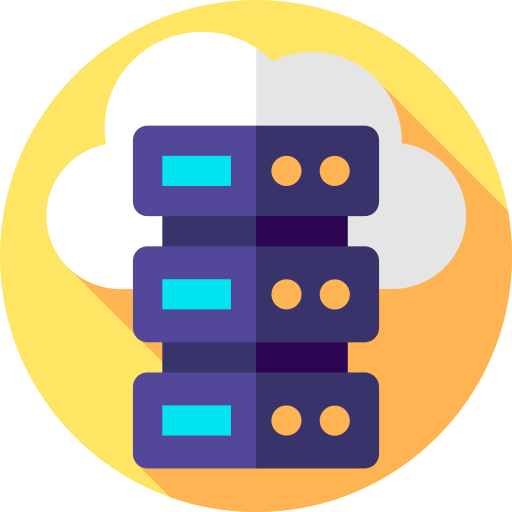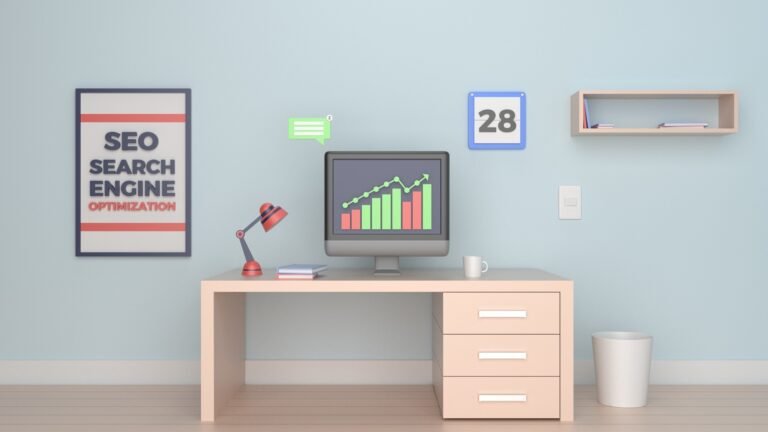
Hatching Success – Easter Marketing Strategies for Businesses
As spring unfolds its vibrant colors and nature comes to life, Easter marks a significant cultural and religious celebration for millions around the world. It’s not just about Easter eggs and bunnies; it’s a time when families gather, traditions are honored, and businesses have a unique opportunity to engage with their audience in creative and meaningful ways. In this blog post, we’ll explore some egg-citing Easter marketing strategies that businesses can leverage to hatch success this season.
1. Embrace the Spirit of Easter
Easter is a time of renewal and joy. Businesses can tap into this spirit by incorporating Easter themes into their marketing campaigns. Whether it’s through cheerful visuals, festive decorations, or heartwarming messages, embracing the essence of Easter can help businesses connect with their audience on a deeper level.
2. Offer Easter-themed Promotions
Who doesn’t love a good deal, especially during the holidays? Easter presents a perfect opportunity for businesses to offer special promotions and discounts to attract customers. Whether it’s a “buy one, get one free” offer on Easter-themed products or a discount code hidden inside a virtual Easter egg hunt, promotions can incentivize customers to make a purchase while spreading Easter cheer.
3. Create Egg-citing Contests and Giveaways
Contests and giveaways are an excellent way to engage with your audience and generate buzz around your brand. For Easter, businesses can organize egg-decorating contests, Easter-themed photo contests, or scavenger hunts with exciting prizes up for grabs. Encouraging user-generated content not only fosters community participation but also provides valuable user-generated content for your brand.
4. Partner with Influencers
Influencer marketing continues to be a powerful tool for businesses to reach their target audience authentically. Collaborating with influencers who resonate with your brand values and have a strong following can help amplify your Easter marketing efforts. Whether it’s through sponsored posts, Easter-themed product reviews, or influencer-hosted giveaways, partnering with influencers can help extend your brand’s reach and credibility.
5. Spread Easter Cheer through Social Responsibility
Easter is a time for giving and sharing. Businesses can demonstrate their commitment to social responsibility by organizing charity drives, donating a percentage of sales to charitable causes, or volunteering in their local communities. Not only does this align your brand with positive values, but it also fosters goodwill and strengthens customer loyalty.
6. Egg-squisite Email Marketing Campaigns
Email marketing remains a highly effective tool for engaging with customers and driving sales. Businesses can craft egg-squisite Easter-themed email campaigns that feature special offers, exclusive promotions, or heartwarming Easter messages. Personalization is key here—addressing customers by their name and tailoring content based on their preferences can significantly enhance the effectiveness of your email marketing efforts.
7. Create Easter-inspired Content
Content is king, and businesses can leverage the power of storytelling to connect with their audience during Easter. Whether it’s through blog posts, videos, or social media content, creating Easter-inspired content that resonates with your audience can help drive engagement and foster a sense of connection with your brand. Share Easter recipes, DIY craft ideas, or heartwarming stories that embody the spirit of the season.
In conclusion, Easter presents a golden opportunity for businesses to connect with their audience, drive sales, and foster goodwill. By embracing the spirit of Easter, offering special promotions, engaging in creative contests, partnering with influencers, demonstrating social responsibility, leveraging email marketing, and creating Easter-inspired content, businesses can hatch success this season and beyond. So, hop to it and make this Easter a memorable one for your brand!









